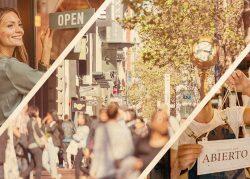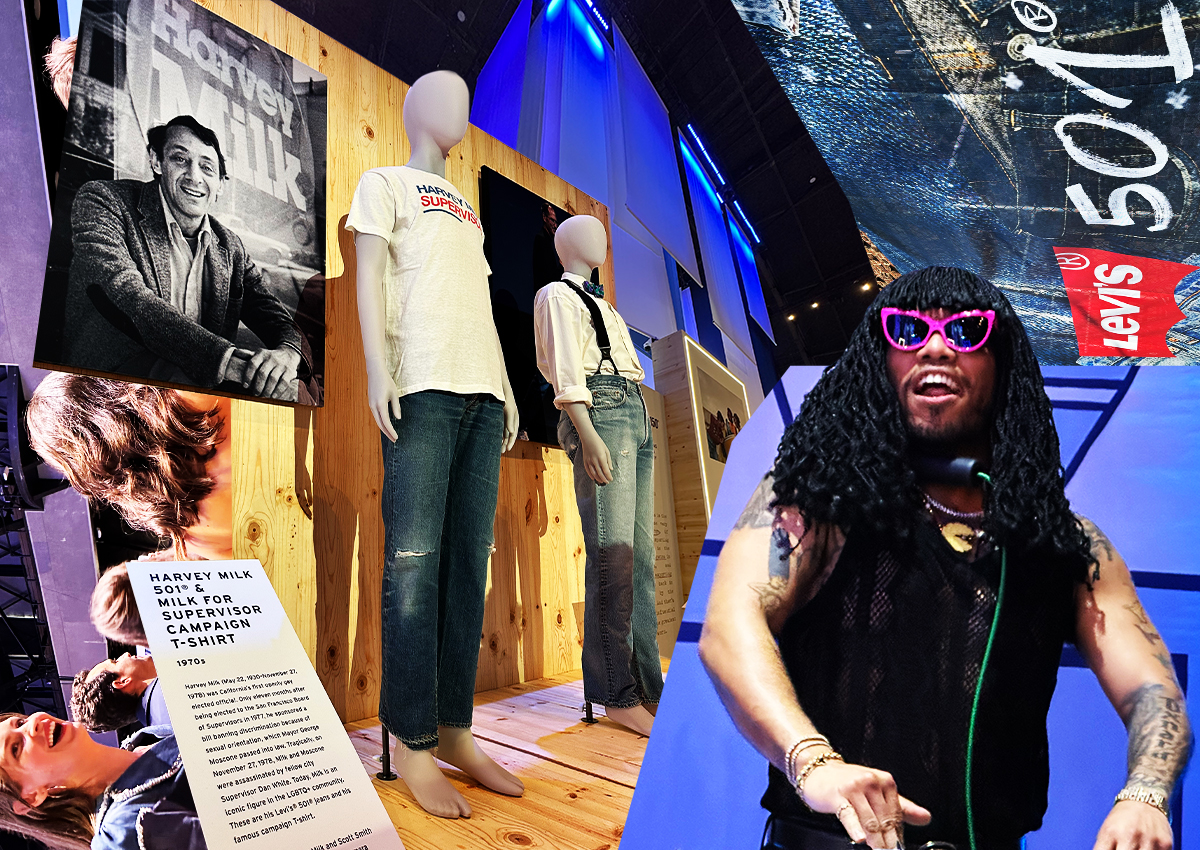Online retailers have realized they need brick-and-mortar stores to succeed in the Bay Area, according to a first-quarter retail report by JLL.
The report also delves into the rise of entertainment venues in the Bay Area.
Direct-to-consumer brands grew during the pandemic and continue on the rise. However, online retailers have found they still need to maintain a physical storefront if they want to maximize profits.
“DTC brands have emerged as a new category of retail in a meaningful way in the past 10 years, but even more so over COVID,” Laura Tinetti from JLL said. “There is a symbiotic relationship here and retailers are finding that one cannot exist without the other. Brick-and-mortar need an online presence for seamless customer experience, returns, browsing, etc. and online retailers need brick-and-mortar stores to increase brand presence and communicate physically who they are, which ultimately has a bottom-line increase to sales of 30 percent.”
While this trend is occurring nationally, it is “very evident” in the Bay Area. Some neighborhoods where the trend is prominent are Hayes Valley and the Fillmore in San Francisco, Santana Row in Silicon Valley and 4th Street in Berkeley.
“Similar to any other retailers, these brands like to co-tenant together as that adds to a better shopping experience for the consumer which translates to more profitable stores,” Tinetti said.
Another retail trend afoot in the Bay Area is the rise of entertainment. These spaces include minigolf, arcades, theaters and more. They grew by 20 percent year-over-year. Some developers have mulled transforming downtowns into entertainment districts, however “transformations like this don’t happen overnight,” the report states.
“We have a chicken or the egg scenario; we need bodies to be there for it to be a successful location for entertainment users,” Tinetti said. “We need multiple entertainment users to be there in order to create a reason to be there. This is a great question and we could likely see that transition as cities change zonings in these areas to add residential.”
Also, food and beverage continue to show strength with sales of 2022 outperforming 2019. However, the big brands have made it through the pandemic in better shape than small, local and one-off retailers.
“These companies see lower rents and landlord concessions as an opportunity to grow,” Ben Lazzareschi from JLL said. “The best retailers with strong balance sheets and access to capital have come out of the pandemic stronger, but unfortunately a lot of local operators did not survive. While it is getting better, the demand from local retailers is not back.”
Read more



